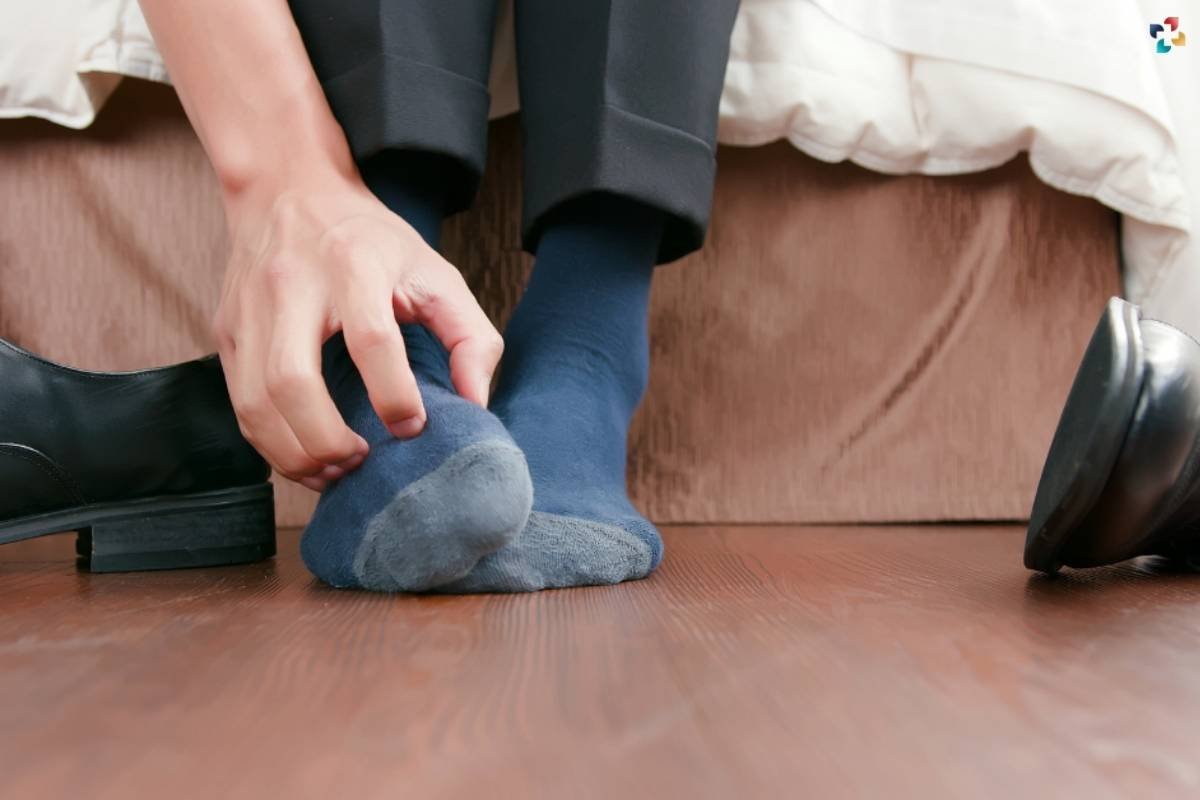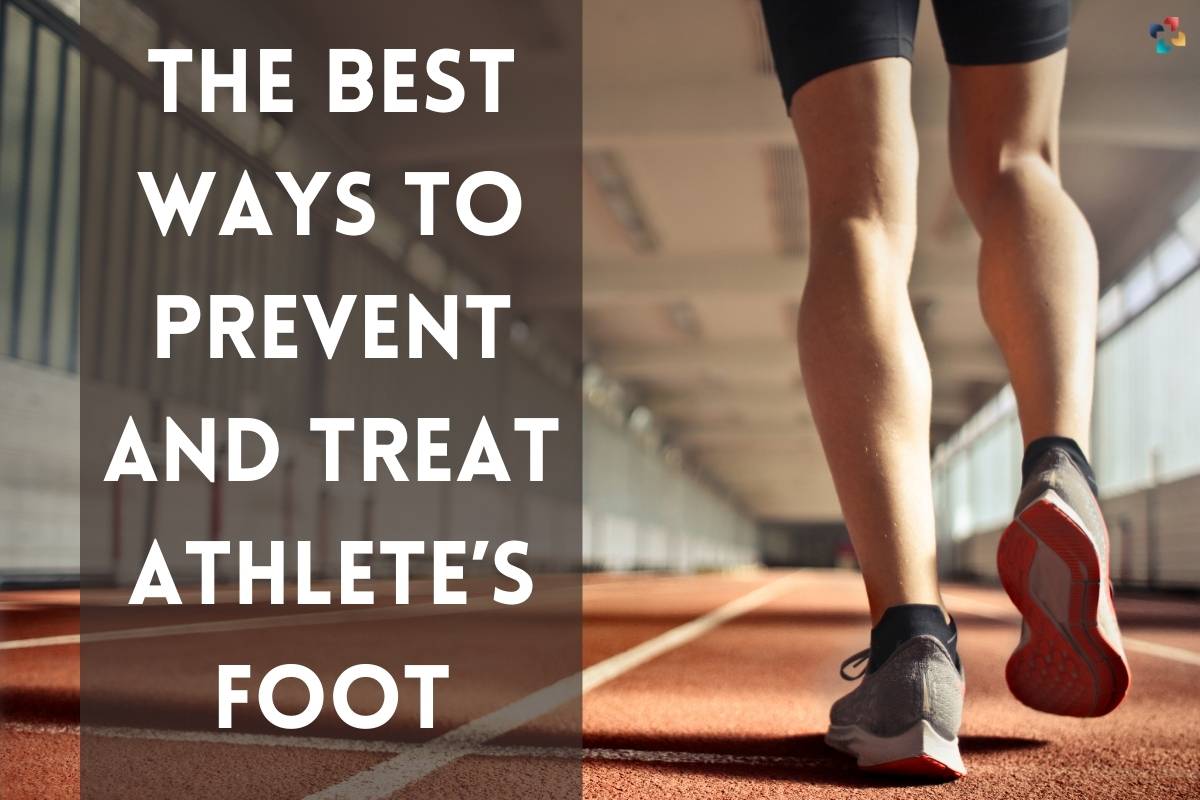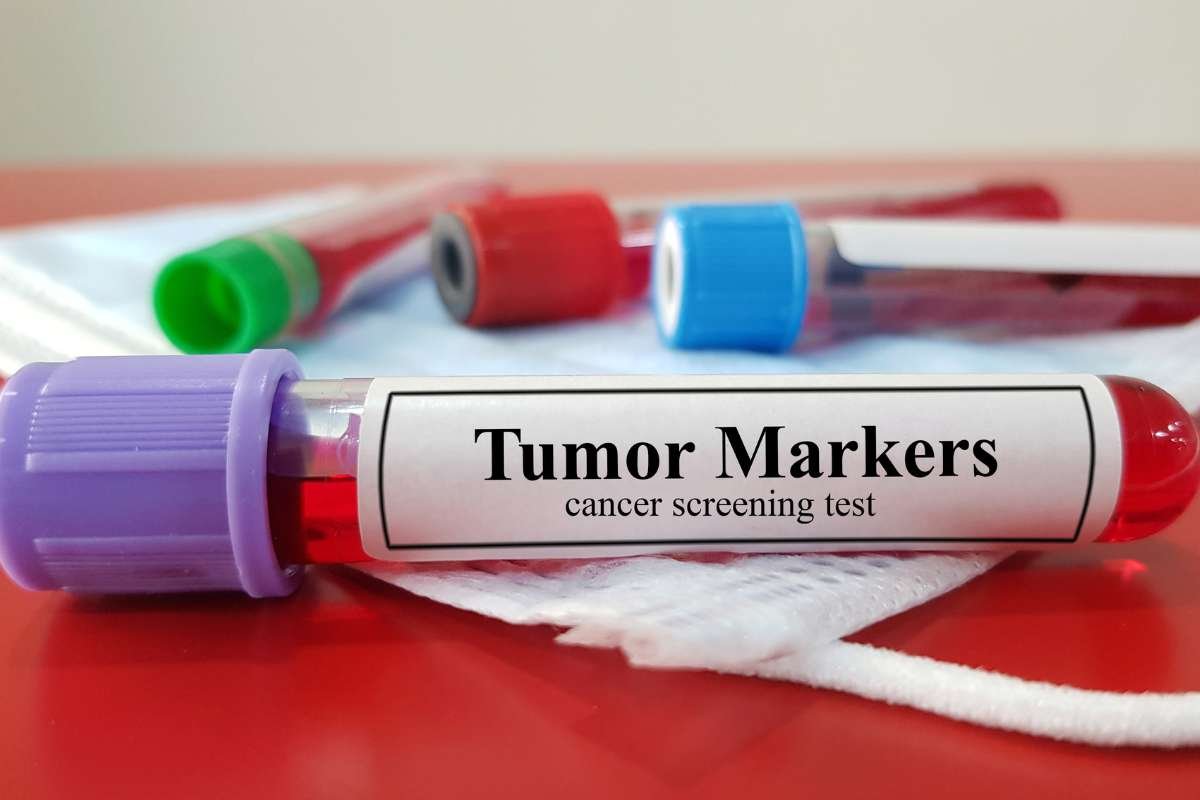Our feet are the most important part of our body. They help us to move from one place to another, bear our weight and notify us about our health too. An athlete’s foot is a condition that occurs because of walking in moist areas like near a swimming pool, on a rainy wet road, or on moist surfaces that are too barefoot.
Due to the moisture, fungal growth begins on the foot, in between the toes, and on the skin between your fingers. It mostly affects the top of your feet, soles of the feet, and heels too. At times, due to the fungus, the feet may give out an unpleasant odor that is upsetting for the person suffering from it.
Tinea pedis is a synonym in the medical language for the condition of an athlete’s foot. According to dermatologists, it is a form of ringworm. “Tinea” means the ringworm and “pedis” means the foot. The feet of a person suffering from an athlete’s foot may look discolored and scaled with the obnoxious odor. The discoloration may happen in the form of red, gray, or white.
Who can suffer?
An athlete’s foot can happen to anyone. But there are some specific cases where this can be a regular concern. Namely:
- People who are overweight.
- Individuals who are diabetic,
- For people who suffer from frequent wounds in the feet, the infection might be the further step.
- A weak immune system is also a cause.
Treatment or prevention of athlete’s foot:
1. Keep your feet covered

You need to wear shoes, sandals, or flip-flops according to the surface on which you are walking. The athlete’s foot germs can be on the surface you’re walking, so it is always better to keep your feet covered. Gyms, swimming pool showers, areas around the swimming pool, and hotel rooms are places where germs can be prevalent and can cause damage. So, keeping your feet covered with appropriate footwear is a good option.
2. Keep feet dry
Even in dry areas, to avoid the onset of an athlete’s foot, you need to keep your feet dry at all times. Especially if you’re prone to it. Footwear made out of plastic or synthetic materials is more likely to cause swelling resulting in fungal infection. The fungus has its occurrence in warm moist areas because of the unhygienic conditions and being continuously moist. So, it is essential to keep your feet dry by wearing footwear that is appropriate, especially during the rainy season.
3. Ensure clean feet
Wash your feet every day with soap and water, and dry them. This will lessen the possibility of an athlete’s foot. As the continuous moisture is the reason for the fungus to grow, when you keep the feet dry it has no moisture to grow, so it can’t get an opportunity of the onset on the feet. While bathing, clean the feet properly and ensure to dry them too along with the rest of the body. Especially if you’re overweight, suffer from diabetes, or any other condition that is friendly to this fungus.
4. Wear quick-drying materials

Materials which absorb moisture quickly or dry quickly like cotton are ideal for use in the context of wearing socks. Make sure to wear another pair of socks if the previous ones are wet due to any reason. Polyester is a fabric that dries quickly and is smooth on the skin too. Try to get a pair of socks of the same fabric and start using them. It’ll help you way better than any other fabric material.
5. Keep two pair of shoes
If the previous pair of shoes are wet, do not put them on. Instead, wear the other pair and take steps to dry up the wet pair of shoes. To ensure your shoes are dry, keep one extra pair and wear them according to their dryness. Easy-drying shoes or all-season shoes are also available in the market which can help you a lot if you’re prone to the said fungal infection.
6. Avoid sharing belongings
If you stay with a person suffering from a fungal infection, do not share things with the person or avoid sharing. Do not share linen, towels, or footwear with a person suffering from a fungal infection, as it is prone to spreading. It is a skin disease that is passed on easily. To take precautions from before, you should also be in dry places and avoid contact with water and moist places. Wash your feet properly with soap and water and let them dry totally.
7. Visit the dermatologist if worsening

Visit the doctor if your infection is increasing or isn’t decreasing too. It should decrease after a certain period of time. You will of course try home remedies or anti-fungal lubes and powders in order to try and decrease the infection. But, if it is increasing or is as it is, do consider visiting a skin specialist as it may need some vigorous and strong medicines which are safe to take from a doctor.
What will happen if it is not treated?
If the athlete’s foot is not treated, it may spread to other parts of your body. Your nails, hands, and groin are the major parts of the body that are affected. In the case of nails, it may become a bit difficult to treat as the infection goes under the skin at times.
In the case of hands, it happens in between your fingers, or on your palms. It happens because you use the same towel on the upper body that you use to dry your feet.
In the case of the groin, as similar to hands, using the same towel to dry your groin region, will make you infected by the fungal infection. When it happens to the groin, it is known as a jock itch. So, after bathing or swimming, use two different towels if you already have an athlete’s foot.
Conclusion:
It is an unpleasant condition. It secretes odor, is contagious, and needs treatment if not getting cured on its own. Do not scratch the affected foot as the infection may spread to other parts of the body. After home remedies, if the infection isn’t curbing down, then visit the dermatologist as soon as possible.
Also, remember that once cured, it can happen again. So, continue with the precautions you’re taking, and do not ignore the onset if it’s again and again. Be mindful of finishing the full treatment given by the doctor. Do not leave it halfway, complete the full course of treatment as prescribed.
Also Read: How You Can Benefit from an Athletic Trainer











